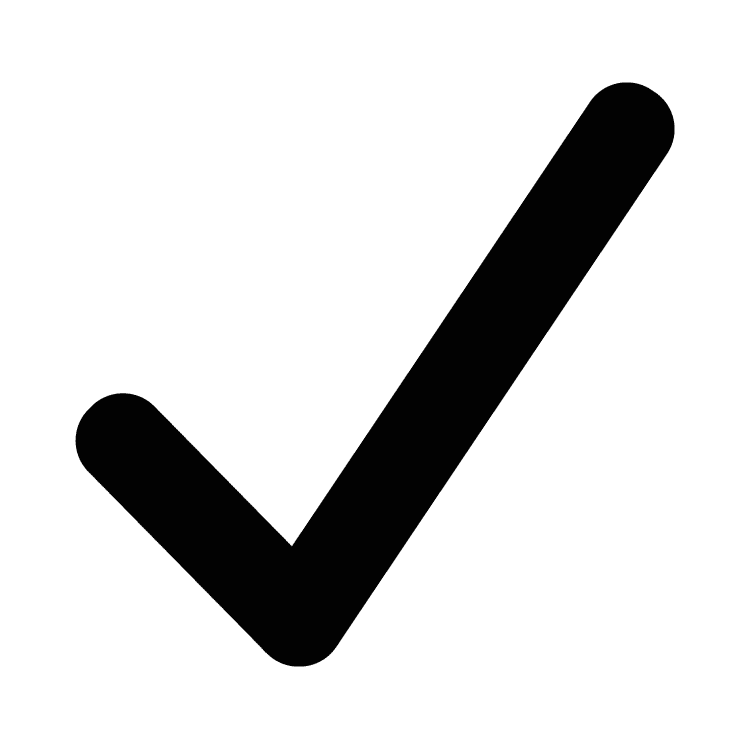If you sit down and start rattling off the different names of professions you can think of, I bet you that you will surprise yourself. In these days of hyper specialization, there are more professions (along with their specializations) than you can shake a stick at. Just think of the generic profession of “doctor”. Now think of how many different kinds of doctors you can think of – surgeons, podiatrist, oculist, optometrist, dentist, psychiatrist, cardiologist, anesthesiologist, immunologist, dermatologist, gynecologist, oncologist, pediatrician, urologist, rheumatologist…. you get the idea right?
Let’s try some unique words for professions today. Admittedly, some of these are uncommon these days.
Avoid writing the answers in the Comments section to give others a chance. However, feel free to write down how many answers you knew (just the number) before you start Googling.
1. Let’s start with the good old days when bows and arrows were the chief mechanism for hunting and defense. What do you call somebody whose job is to make bows? Believe it or not, there is a word for somebody who specializes in making arrows too. Do you know that name?
2. You will probably recognize who a blacksmith is. (worker of iron). Or a goldsmith or silversmith. Now, who is a redsmith? And who is a whitesmith?
3. Who is a catchpole?
4. There are carpenters who specialize in making chests and boxes (as opposed to doors, for example). What do you call them?
5. Who is a wainwright?
6. Long back, before alarm clocks were around, in England, there were professional people who would go around knocking on people’s doors and windows to wake them up on time. What were they called? (Interestingly, there was a time that professionals would dart peas out of a blowpipe to hit the windows of higher floors to wake people up on time!!!)
7. Making wigs is a profession unto itself. What are such wigmakers called?
8. Who is a castermonger?
9. You know all those cadavers that are used – for example – medical purposes? There are professional grave diggers who dig up recently buried coffins to retrieve the cadaver to be used for various purposes. What are they called?
10. And finally, who is a lector?

